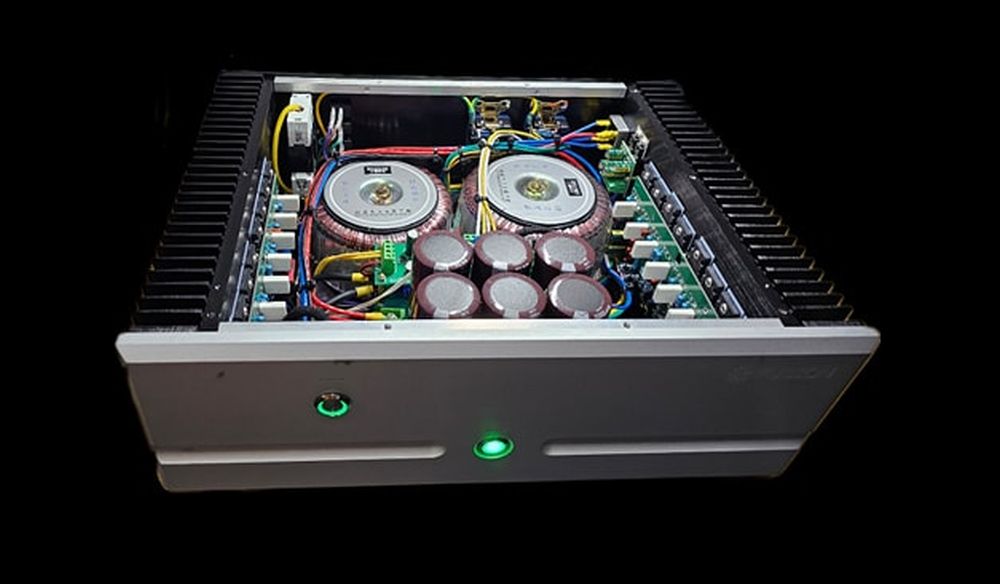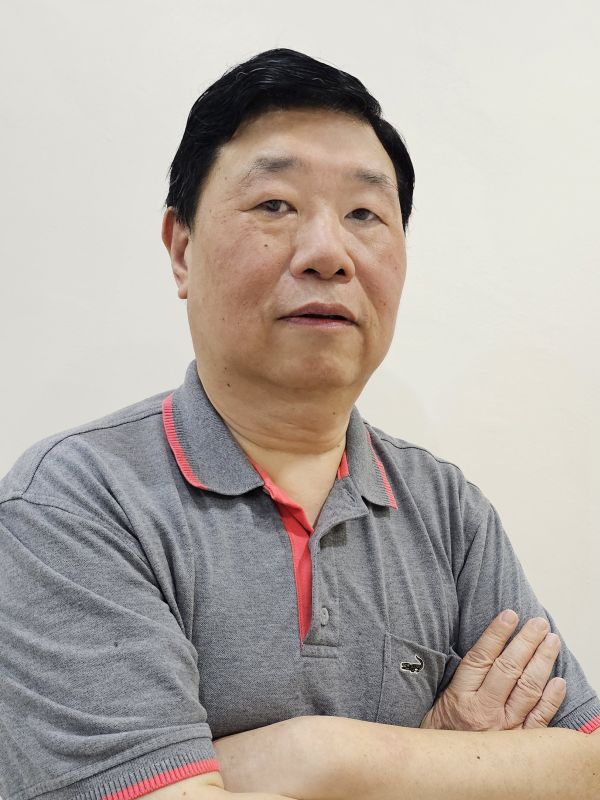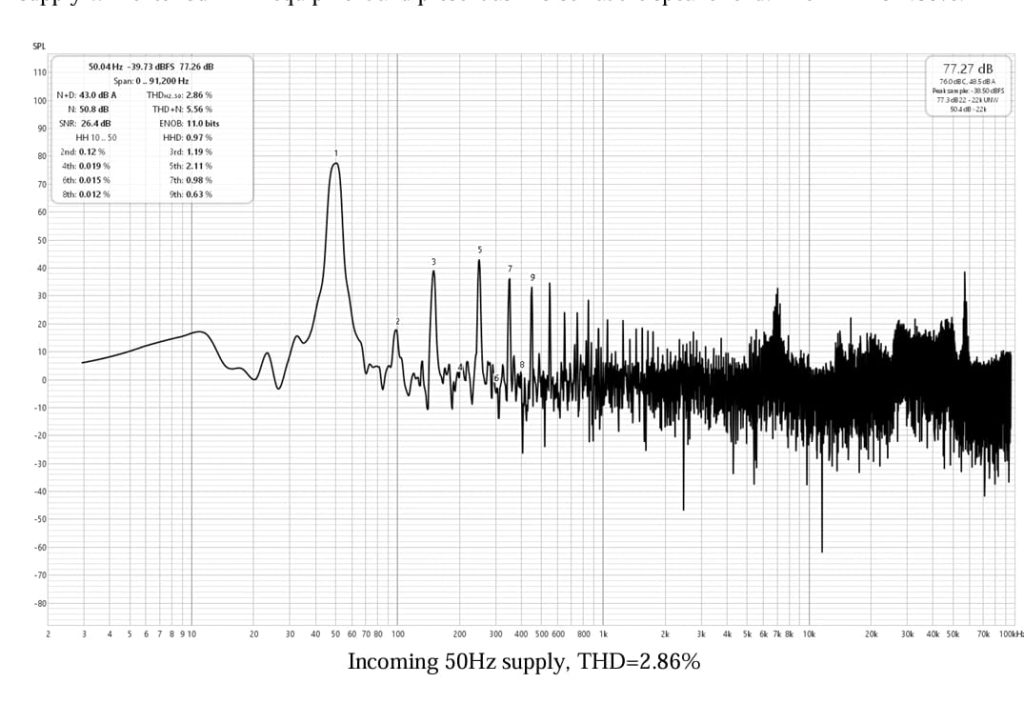
Goh Kheng Liang, an Old Boy of the renowned Chung Ling High School in Penang, made his first amplifier when he was 12 years old.
Chung Ling High School had a club for those interested in electronics and he and his pals used all sorts of components including recycled stuff from discarded radios to make amplifiers and speakers.
After getting a diploma in electronic engineering from TAR College in Kuala Lumpur, he started working in the electronics sector. Of recent he was designing power supplies for elevators and escalators. Obviously he knows a thing or two about power supply.
Around 2018 he got interested in audiophile pursuits again and, like many other audiophiles, started to buy different interconnects and speaker cables to tweak the sound in search of perfection.
Then he realised that the cause of unsatisfactory sound quality was not cables or components, but the quality of the power supply and he set out to design his own power plant. The mains is getting noisier these days because of the widespread usage of LED lighting for energy saving. Aware that isolation transformers and filters restrict dynamics and do not get rid of all the mains noise, he decided to design a power regeneration unit.
Using the analogy of a dirty water supply, he said using a water filter can remove maybe 98%-99% of the pollutants in the water. The only way to have pure and clean water is distillation. In the case of power supply, the only way to have pure and clean power is regeneration.
“A fully linear conversion regenerative power supply is the ideal method for generating ‘clean’ electricity. However, its drawbacks include significant weight and size, which can make it impractical for certain applications. To address this, many manufacturers opt for switching conversion methods, which are smaller and lighter. Unfortunately, switching conversion regenerative power supplies come with their own set of issues, such as noise and compressed dynamics. This noise not only appears at the power supply’s output but also contaminates the input side, effectively polluting your incoming power supply. When the incoming power supply is polluted, even power amplifiers connected to the same line can suffer from noise interference, degrading overall audio performance,” he said.



Fully aware of the voltage swings in Malaysia, his Fusion RPS-500 Regenerative Power Supply can accept 200 to 250 VAC; Malaysia’s power supply is rated at 230V 50Hz.
His unit offers switching from 50Hz to 60Hz on the fly and he says 60Hz will not harm your components but will provide them with more current for better dynamics.
Even though Goh has designed his RPS-500 unit to not restrict dynamics with a total 500 watts output, he recommends using it only for low-powered components like phono preamps, preamps, DACs, streamers, CD players, CD transports and turntables.
Goh said power amps are around 100 times less sensitive to mains noise than a preamp, but he still recommends plugging them to a power filter, such as an isolation transformer, that does not restrict dynamics (which would mean a filter with huge transformers). If there is no such filter available, then the power amps should be plugged directly to the mains.
The Fusion RPS-500 Regenerative Power Supply is distributed by AFC Top Hi-Fi. It retails at RM18,999. Call Matthew Ong at 012-2876106 for more details.
